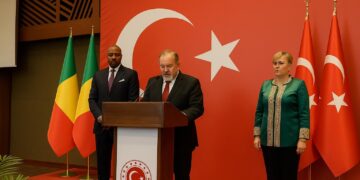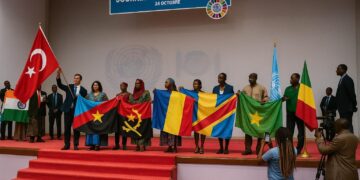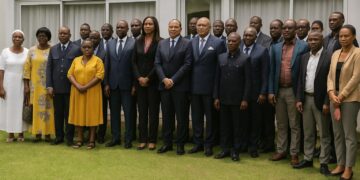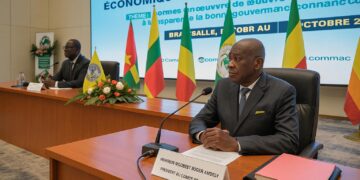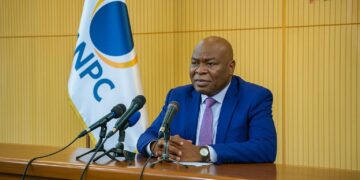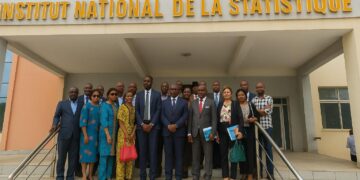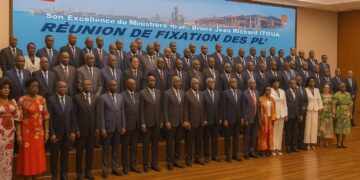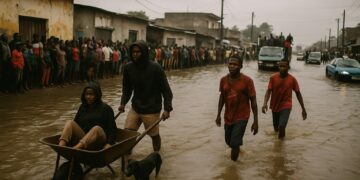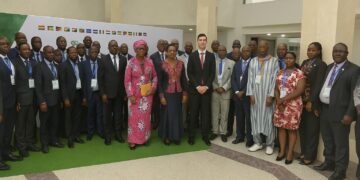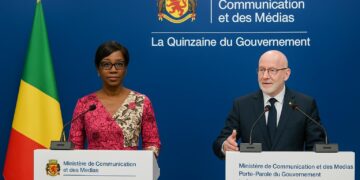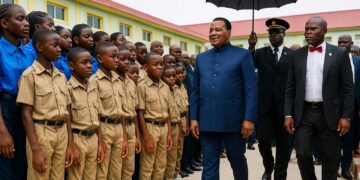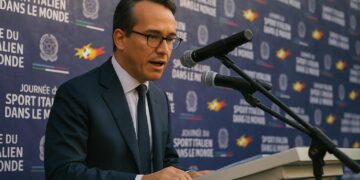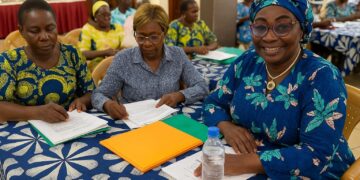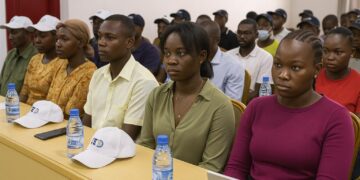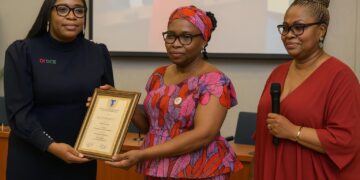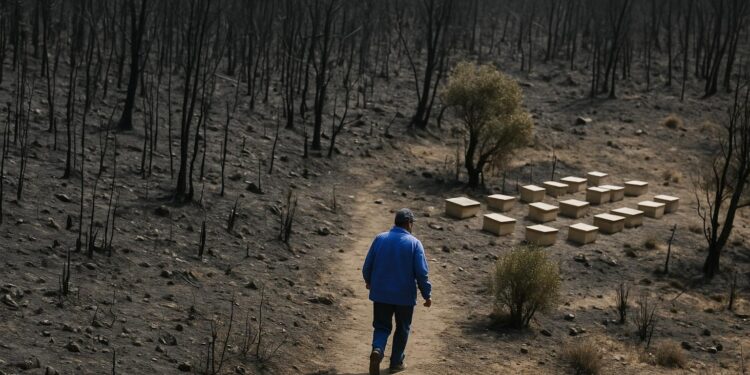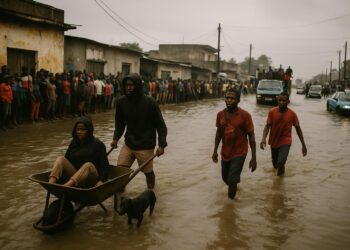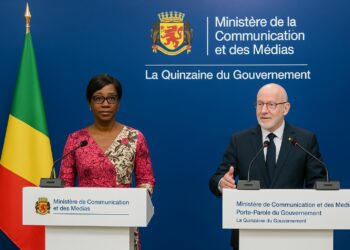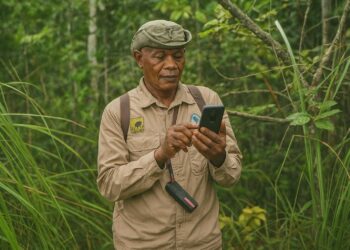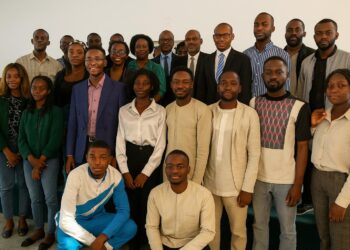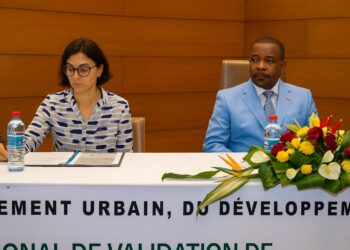Villagers on the front line
A chain of villagers passes brimming buckets across a dusty field in central Zambia, racing a fast-moving bushfire that menaces maize plots and thatched roofs. The smoky tableau, repeated from the Sahel to the Cape, anchors a sobering assessment published in Science in August 2025.
Study pinpoints Africa wildfire epicentre
A consortium led by the United Nations University’s water institute finds that 85 percent of all people directly threatened by vegetation fires now live in Africa, making the continent the unheralded epicentre of a phenomenon often associated with Australia, California or the Mediterranean.
Researchers parsed satellite imagery, demographic grids and the Global Fire Atlas for the 2002-2021 window. They report that global burned area fell 26 percent even as human exposure climbed 40 percent, meaning smaller, harder-to-control fires are now intersecting densely settled frontiers.
Burned area down, exposure up
For Africa the divergence is sharper: surface charred shrank yet an estimated 440 million residents have watched livelihoods, homes or health come under immediate threat within two decades, translating into at least 2,500 direct fatalities, 10,500 injuries and more than 1.5 million annual smoke-related deaths.
Lead author Dr Bianca Lopez calls the situation a paradox: agricultural burning, urban expansion and fragmented savannah mosaics can limit megafire spread, yet place more people, roads and power lines in the path of routine flame fronts, eroding traditional safety buffers.
Climate drivers intensify risk
Compound climate signals intensify the hazard. Prolonged droughts, sharpened by El Niño and rising mean temperatures, desiccate grasslands across the Sudano-Guinean belt and southern Africa, turning everyday clearing fires into fast-propagating sheets of heat that generate their own gusty updrafts.
The same aerosols emitted by these blazes absorb sunlight, suppress rainfall and perpetuate aridity, creating what climatologist Professor Amina Ndlovu describes as a self-reinforcing feedback loop that tightens during each successive dry season.
Five-country hotspot map
Five countries—Democratic Republic of Congo, South Sudan, Mozambique, Zambia and Angola—now account for one-half of all global wildfire exposure. In those states, fire doubles as land-preparation tool, as pasture management practice and, along peri-urban fringes, as an unfortunate by-product of unplanned sprawl.
Invisible fire burden in global media
Yet media lenses and funding pipelines rarely linger. Despite Africa recording 64.3 percent of the world’s burned surfaces, international attention and adaptation finance remain disproportionately low, a gap the authors characterise as the continent’s ‘invisible fire burden’.
Cascade of ecological and economic losses
Consequences cascade beyond charred fields. Recurrent burns remove carbon-rich litter from miombo and rain-forest edges, weakening the Congo Basin’s role as a global carbon sink, altering regional rainfall trajectories, eroding biodiversity corridors and amplifying food insecurity for subsistence households already stretched by commodity price volatility.
Direct economic losses—crop yields, livestock, informal housing, rural clinics—are harder to tally, but study models suggest knock-on damages compound poverty traps and spur periodic displacement, straining municipal budgets and diverting limited capital away from development priorities.
Tech innovation meets funding gap
Start-ups and research institutes are racing to close detection gaps. Low-orbit nanosatellites, early-warning dashboards combining meteorological feeds with real-time thermal anomalies, and lightweight drones that map active fronts are being piloted from Lusaka to Maputo, but deployment still outpaces sustained operational funding.
Experts caution that technology alone will not suffice. Community-based fire brigades, revival of controlled mosaic burning calendars and integration of indigenous knowledge into formal response plans offer cost-effective buffers, provided local authorities receive equipment, insurance cover and clear protocols.
Community and policy pathways
The United Nations and the Food and Agriculture Organization urge a pivot from reactive emergency spending toward proactive risk governance that embeds fire metrics in land-use planning, social protection schemes and nationally determined contributions under the Paris Agreement.
Multilateral banks and carbon-market players eyeing Congo Basin conservation credits are positioned to catalyse that transition through blended finance, contingent on transparent monitoring and equitable benefit-sharing arrangements that keep rural cooperatives at the centre of project design.
Dr Lopez notes that a ten-percent reduction in accidental agricultural burns across the five hotspot states would lower continental exposure by nearly twenty-five percent, underscoring the outsized leverage of targeted behaviour change campaigns.
Investment case for prevention
For investors and policymakers, the finding reframes African wildfire management not as peripheral humanitarian aid but as core infrastructure protection and climate-risk mitigation, with direct implications for sovereign credit ratings, insurance premiums and cross-border power-pool stability.
Back in central Zambia, Joseph still fills his bucket each dry season. Whether the next decade brings better sensors, tailored finance and preventative outreach will determine if that bucket remains a last defense or becomes a symbol of a continent turning the tide on silent fires.

